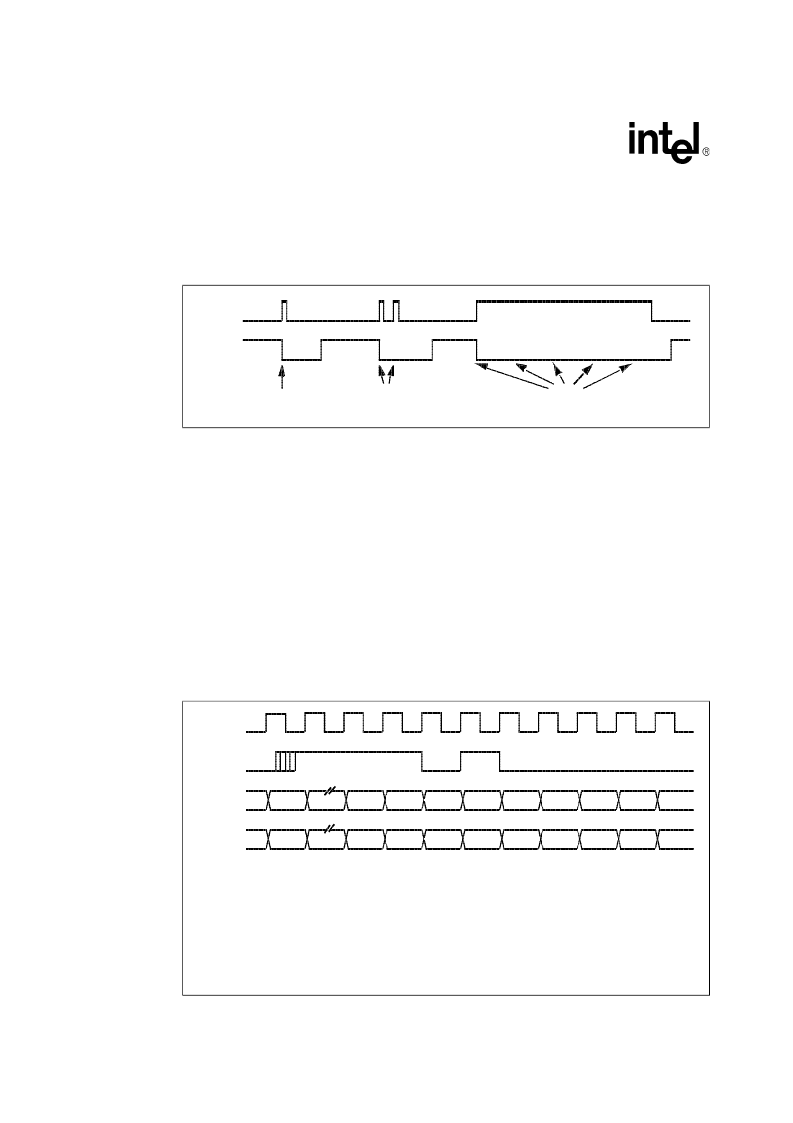- 您現(xiàn)在的位置:買賣IC網(wǎng) > PDF目錄376723 > DJLXTPED0SE001 (Intel Corp.) Advanced 8-Port 10/100 Mbps PHY Transceivers PDF資料下載
參數(shù)資料
| 型號: | DJLXTPED0SE001 |
| 廠商: | Intel Corp. |
| 英文描述: | Advanced 8-Port 10/100 Mbps PHY Transceivers |
| 中文描述: | 先進的8端口10/100 Mbps的物理層收發(fā)器 |
| 文件頁數(shù): | 156/226頁 |
| 文件大小: | 1575K |
| 代理商: | DJLXTPED0SE001 |
第1頁第2頁第3頁第4頁第5頁第6頁第7頁第8頁第9頁第10頁第11頁第12頁第13頁第14頁第15頁第16頁第17頁第18頁第19頁第20頁第21頁第22頁第23頁第24頁第25頁第26頁第27頁第28頁第29頁第30頁第31頁第32頁第33頁第34頁第35頁第36頁第37頁第38頁第39頁第40頁第41頁第42頁第43頁第44頁第45頁第46頁第47頁第48頁第49頁第50頁第51頁第52頁第53頁第54頁第55頁第56頁第57頁第58頁第59頁第60頁第61頁第62頁第63頁第64頁第65頁第66頁第67頁第68頁第69頁第70頁第71頁第72頁第73頁第74頁第75頁第76頁第77頁第78頁第79頁第80頁第81頁第82頁第83頁第84頁第85頁第86頁第87頁第88頁第89頁第90頁第91頁第92頁第93頁第94頁第95頁第96頁第97頁第98頁第99頁第100頁第101頁第102頁第103頁第104頁第105頁第106頁第107頁第108頁第109頁第110頁第111頁第112頁第113頁第114頁第115頁第116頁第117頁第118頁第119頁第120頁第121頁第122頁第123頁第124頁第125頁第126頁第127頁第128頁第129頁第130頁第131頁第132頁第133頁第134頁第135頁第136頁第137頁第138頁第139頁第140頁第141頁第142頁第143頁第144頁第145頁第146頁第147頁第148頁第149頁第150頁第151頁第152頁第153頁第154頁第155頁當(dāng)前第156頁第157頁第158頁第159頁第160頁第161頁第162頁第163頁第164頁第165頁第166頁第167頁第168頁第169頁第170頁第171頁第172頁第173頁第174頁第175頁第176頁第177頁第178頁第179頁第180頁第181頁第182頁第183頁第184頁第185頁第186頁第187頁第188頁第189頁第190頁第191頁第192頁第193頁第194頁第195頁第196頁第197頁第198頁第199頁第200頁第201頁第202頁第203頁第204頁第205頁第206頁第207頁第208頁第209頁第210頁第211頁第212頁第213頁第214頁第215頁第216頁第217頁第218頁第219頁第220頁第221頁第222頁第223頁第224頁第225頁第226頁

LXT9785 and LXT9785E Advanced 8-Port 10/100 Mbps PHY Transceivers
158
Datasheet
Document Number: 249241
Revision Number: 007
Revision Date: August 28, 2003
When a long event (such as duplex status) occurs, it is edge detected and starts the stretch timer.
When the stretch timer expires, the edge detector is reset so that a long event causes another pulse
to be generated from the edge detector. The edge detector resets the stretch timer, causing the LED
driver to remain asserted.
Figure 31 on page 158
shows how the stretch operation functions.
4.12.3
Out-of-Band Signaling
The LXT9785/LXT9785E provides an out-of-band signaling option to transfer status information
across the RMII receive interface. This feature is enabled when Register bit 25.0 = 1 and uses the
RxData(1:0) data bus during the Inter-Packet Gap (IPG) time as shown in
Figure 32
. Out-of-Band
signaling is disabled when Isolate mode is enabled by setting Register 0.10.
Note:
The BGA15 package does not support Out-of-Band Signaling nor the RMII interface.
The two status bits transferred across the RxData bus are software selectable via Register 25 (see
Table 98, “RMII Out-of-Band Signaling Register (Address 25, Hex 19)” on page 215
).
In normal operation, the LXT9785/LXT9785E stuffs the RxData bus with zeros during the IPG. A
software-selectable bit enables the RMII out-of-band signaling feature. Once this bit is set, the
LXT9785/LXT9785E replaces the zeros with selected status bits during the IPG.
Figure 31. Intel
LXT9785/LXT9785E LED Pulse Stretching
Event
LED
Note: The direct drive LED outputs in this diagram are shown as active Low.
stretch
stretch
stretch
Figure 32. Intel
LXT9785/LXT9785E RMII Programmable Out-of-Band Signaling
REFCLK
CRS_DV
RXD(1)
RXD(0)
data
data
data
data
data
data
data
data
status 0
status 0
status 0
status 0
status 0
status 0
status 1
status 1
status 1
status 1
status 1
status 1
0s
status 1
status 0
0s
1. When network activity is detected, the LXT9785/LXT9785E asserts CRS_DV asynchronously with respect
to REFCLK.
2. After CRS_DV is asserted, the LXT9785/LXT9785E zero-stuffs the RxData bits until the received data has
been processed through the FIFO.
3. When network activity ceases, the LXT9785/LXT9785E de-asserts CRS_DV synchronously with respect
to REFCLK. CRS_DV toggles until all data in the FIFO has been processed through the RMII. Once the
FIFO is empty, LXT9785/LXT9785E drives the status bits selected by the Out-of-Band Signaling Register
(refer to
Table 98, “RMII Out-of-Band Signaling Register (Address 25, Hex 19)” on page 215
) on the
相關(guān)PDF資料 |
PDF描述 |
|---|---|
| DJIXEPAD0QE000 | Advanced 8-Port 10/100 Mbps PHY Transceivers |
| DJIXEPAD0QE001 | Advanced 8-Port 10/100 Mbps PHY Transceivers |
| DJIXEPAD0SE000 | Advanced 8-Port 10/100 Mbps PHY Transceivers |
| DJIXEPAD0SE001 | Advanced 8-Port 10/100 Mbps PHY Transceivers |
| DJIXEPCD0QE000 | Advanced 8-Port 10/100 Mbps PHY Transceivers |
相關(guān)代理商/技術(shù)參數(shù) |
參數(shù)描述 |
|---|---|
| DJMD5628DLB | 功能描述:IC 3.3V 5628 DSP 100-LQFP RoHS:否 類別:集成電路 (IC) >> 專用 IC 系列:* 產(chǎn)品培訓(xùn)模塊:Lead (SnPb) Finish for COTS Obsolescence Mitigation Program 標(biāo)準(zhǔn)包裝:1 系列:- 類型:調(diào)幀器 應(yīng)用:數(shù)據(jù)傳輸 安裝類型:表面貼裝 封裝/外殼:400-BBGA 供應(yīng)商設(shè)備封裝:400-PBGA(27x27) 包裝:散裝 |
| DJMT352 | 制造商:Intel 功能描述: |
| DJN003A | 制造商:ADAM-TECH 制造商全稱:Adam Technologies, Inc. 功能描述:CIRCULAR DIN JACKS PC BOARD AND PANEL MOUNT |
| DJN003B | 制造商:ADAM-TECH 制造商全稱:Adam Technologies, Inc. 功能描述:CIRCULAR DIN JACKS PC BOARD AND PANEL MOUNT |
| DJN004A | 制造商:ADAM-TECH 制造商全稱:Adam Technologies, Inc. 功能描述:CIRCULAR DIN JACKS PC BOARD AND PANEL MOUNT |
發(fā)布緊急采購,3分鐘左右您將得到回復(fù)。